Protecting your Soho property with skilled Roofing Services isn’t just good practice—it’s essential to guarding your investment from leaks, damp, and costly energy loss. Our accredited team serves London, Kent, Surrey, West Sussex, and Berkshire, delivering every project with compliance, reliability, and long-term performance in mind.
With years of experience, Which Trusted Trader and CITB accreditation, and materials from Welsh Slate, ALM Lead, and Kemper, we’re trusted by homeowners, businesses, and heritage custodians alike. Book a free survey today and protect your property.

Ignoring roofing issues brings immediate and costly risks: leaks can fuel damp, failed insulation drives up energy bills, structural weaknesses emerge quietly but steadily. The longer action is delayed, the more expensive and disruptive problems become for any property owner.

Professional Roofing Services in Soho eliminate those threats. You gain weatherproof confidence, improved energy efficiency, and full compliance with building regulations. Owners secure peace of mind, landlords protect long-term value, businesses safeguard assets and operations. Proactive care pays—across repairs, upgrades, or heritage restoration, sound roofing is always a secure investment.
Roofing Services in Soho covers installations, repairs, upgrades, and restorations for homes, businesses, and heritage properties. Every solution is designed for durability, compliance with Building Regulations, and quality materials from trusted suppliers—delivering safety, performance, and lasting value with every job.
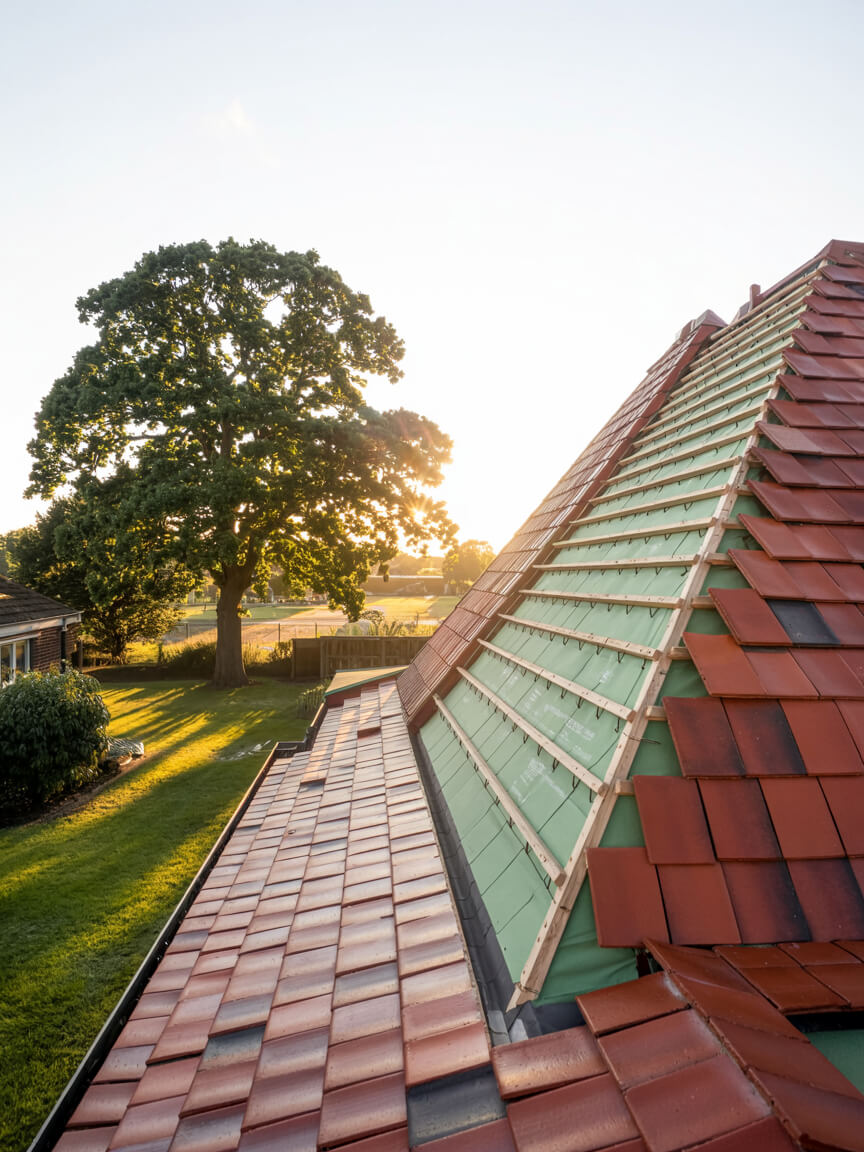
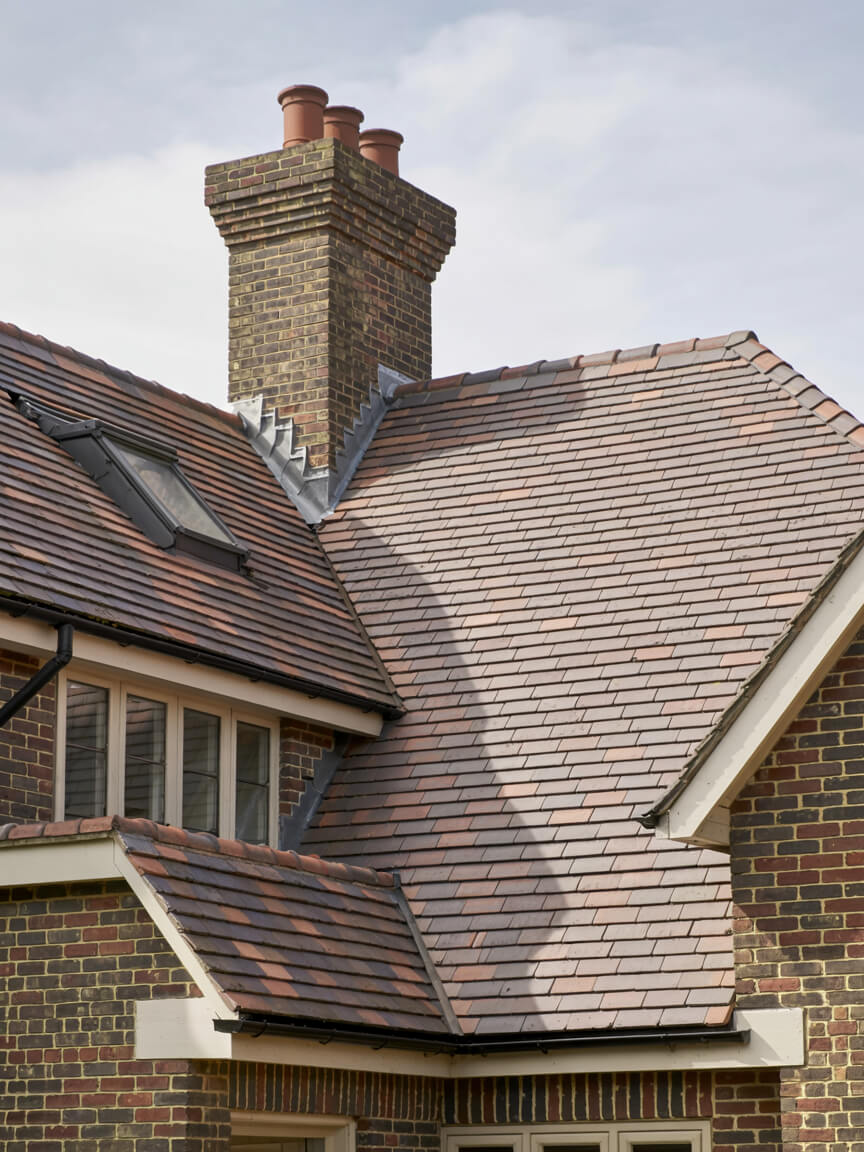
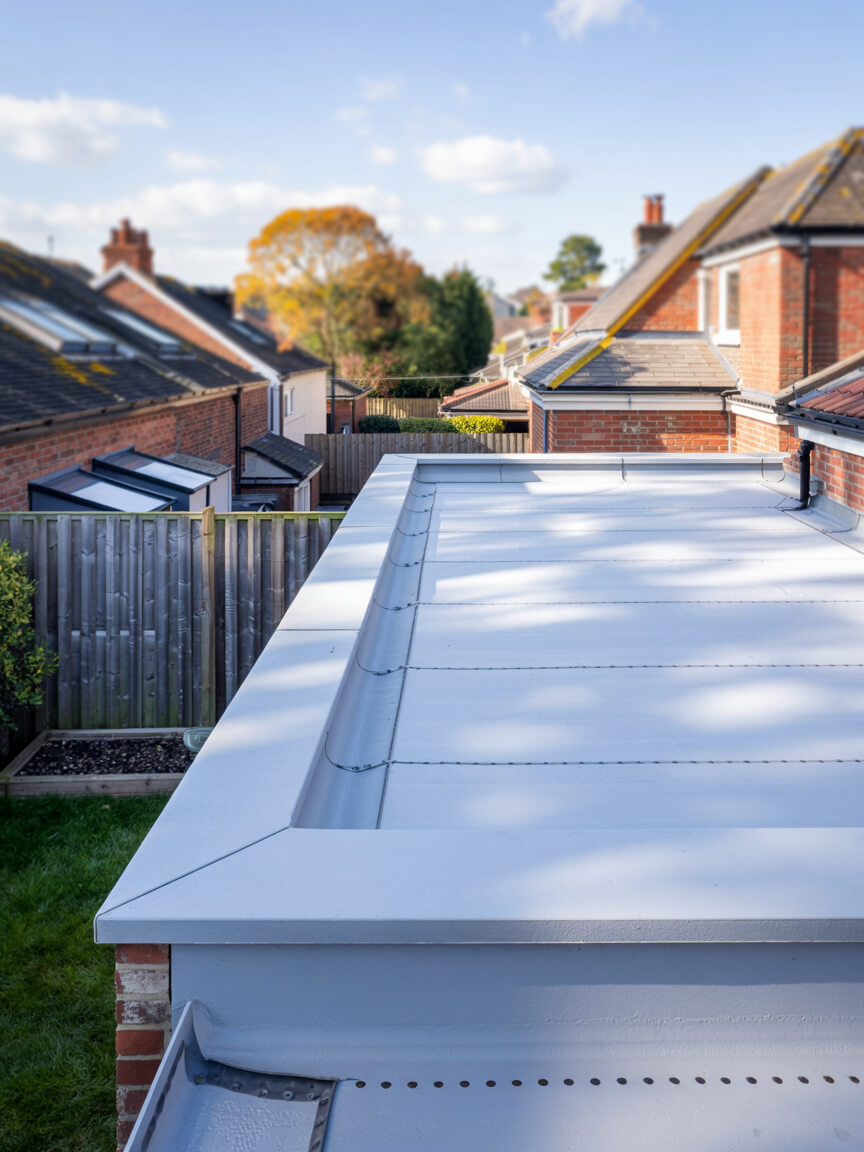
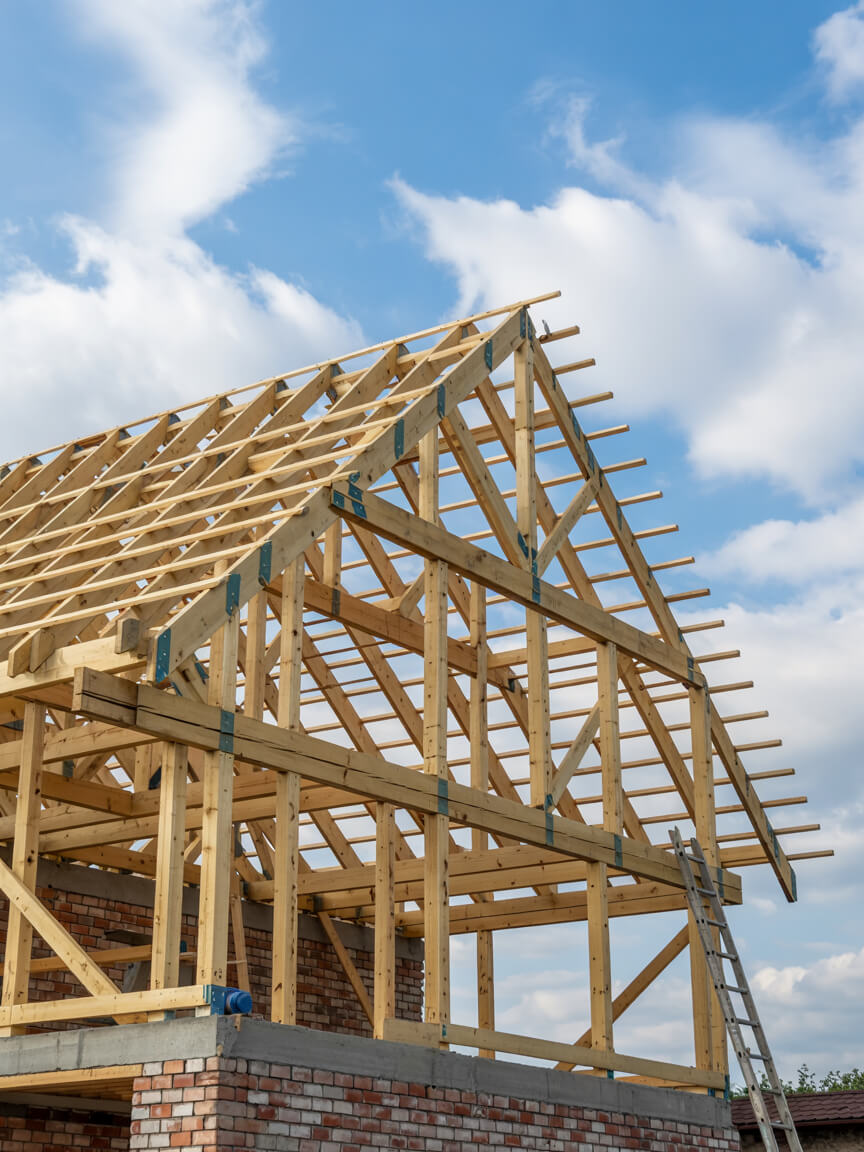
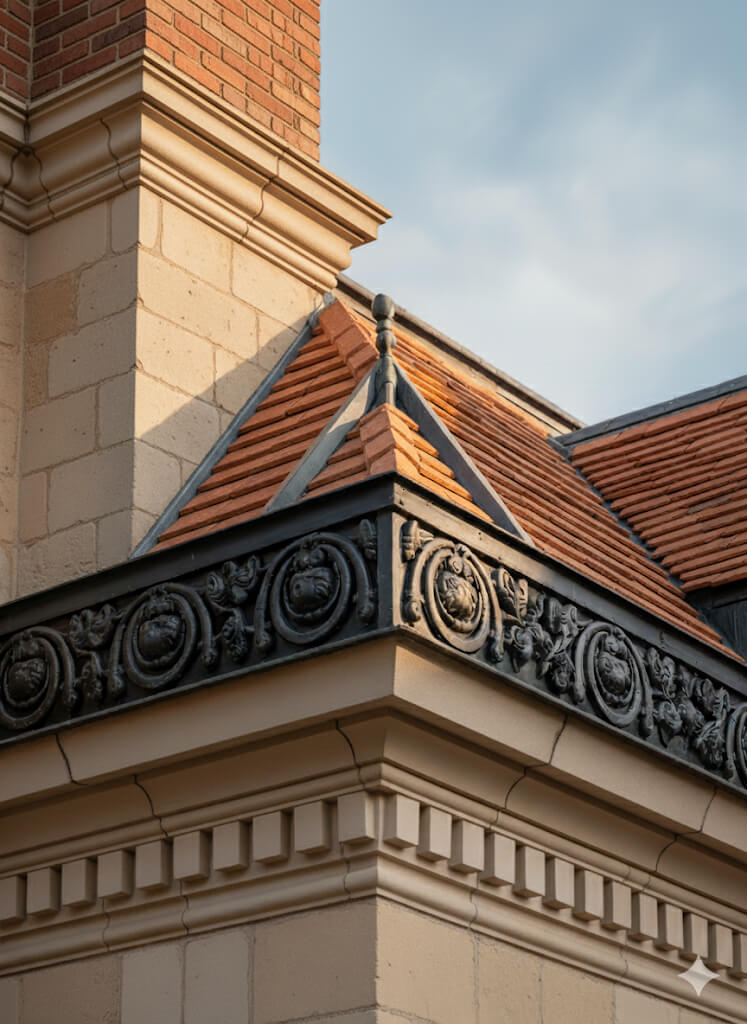
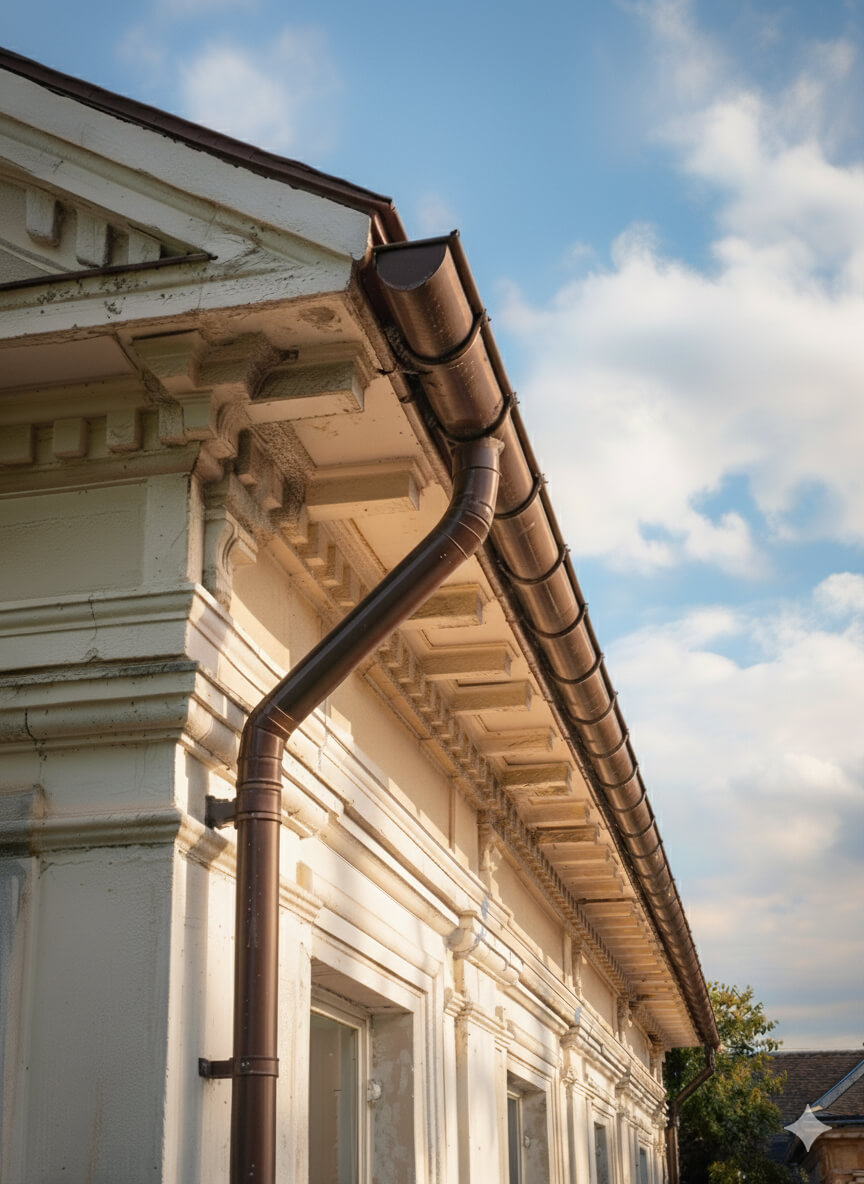

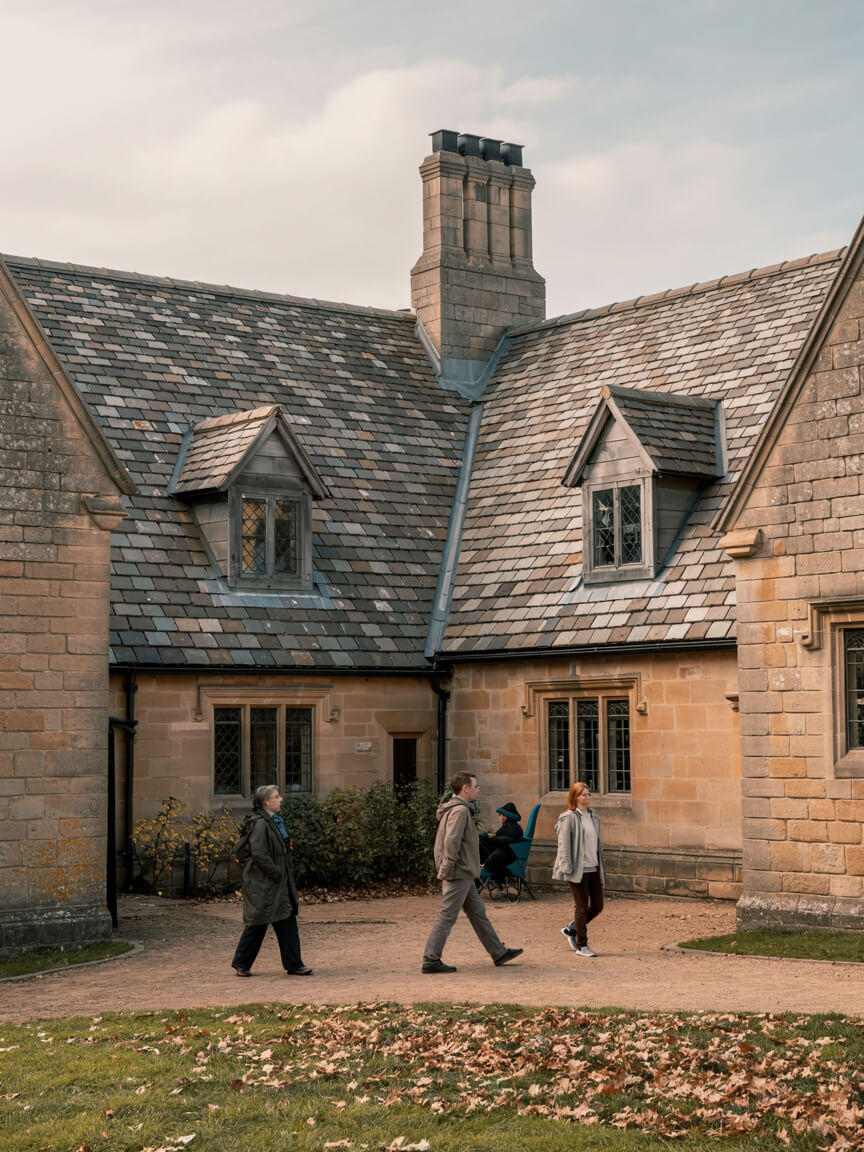
Every Roofing Services in Soho project adapts to your building’s type, roof structure, and environment. Customisation ensures regulatory compliance, lives out minimal disruption, and steps up value—whether you manage a home, business, industrial facility, or listed building. Our flexible process guarantees your roofing solution is designed for unique needs, maximum safety, and confidence in the outcome.
Homes, extensions, and listed buildings.
Offices, retail, schools, and hospitality.
Warehouses, factories, and logistics sites.
Every Roofing Services in Soho job follows proven steps using trusted materials. For new roofs, upgrades, and repairs alike, each layer is an investment in durability, safety, and energy performance—custom-fitted to protect your property and meet regulations.
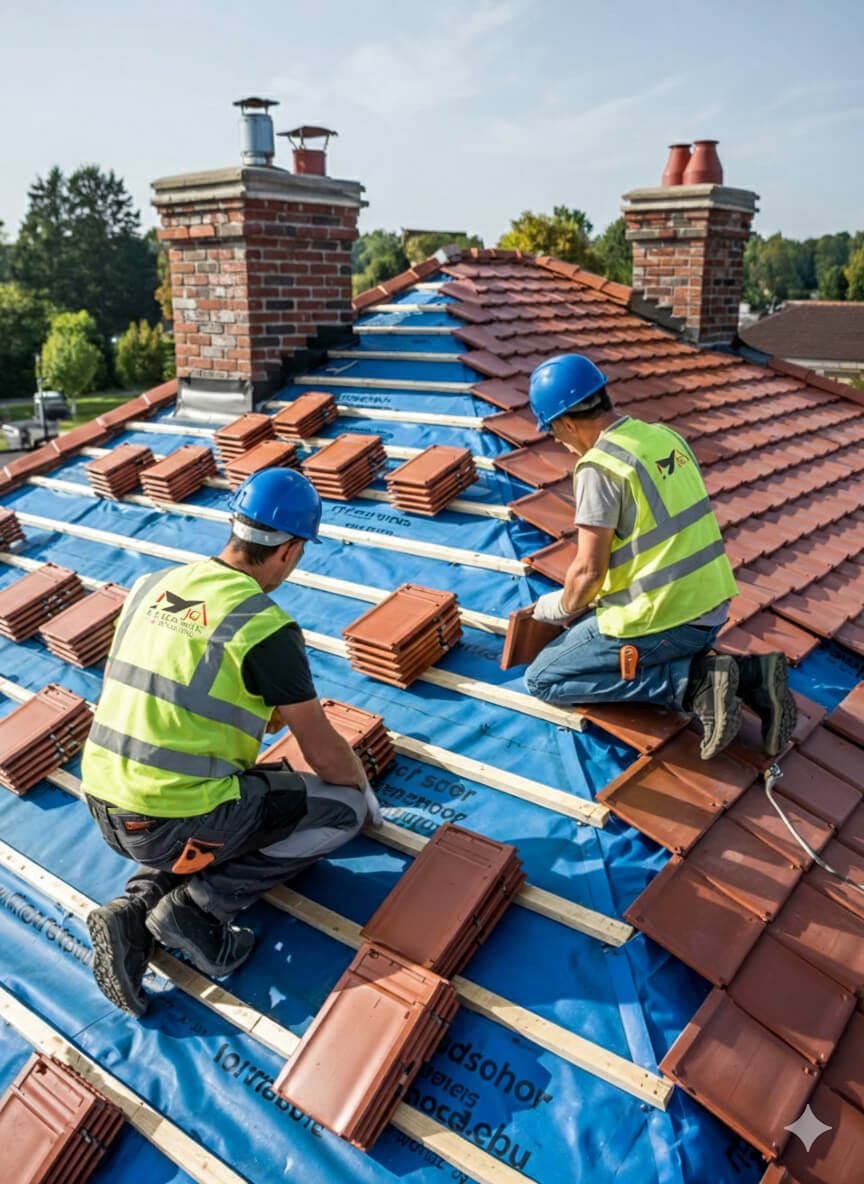
Get a free, no-obligation quote today.
Our experts are standing by to help you choose the perfect flat roofing solution.
⏱ Response within 24 hours guaranteed
Accredited by Which Trusted Trader, CITB, and approved by Kemper and Westwood, our team delivers safe, compliant, and warranty-protected Roofing Services in Soho projects. These credentials mean guaranteed standards and long-term assurance—reinforced by the positive client reviews that consistently highlight quality, professionalism, and trust.


Complete reroofing. Living in Singapore at the time and T was super responsive and communicative.
Replacement of lead box gutter and new flashing to parapet wall. I had an excellent experience using James and the team. He was very prompt in all aspects of communication and completed a first class job. Really pleased.
James completed some repairs on our roof and replaced some of our pebble dash by the roof as well. He was very thorough and fixed everything. He kept us really informed by taking photos and showing us what he did and keeping us updated. It also went onto our neighbours roof and he did the same fo...
We had a leak in our bedroom and James fixed the roof for us to stop it from leaking. All the work came with a warranty. The work that was carried out was good. James and his team were polite, and did all the work quickly and without too much interruption to our day-to-day lives. Would recommend ...
J G Leadworks have repaired and replaced the roofs and gulleys over our warehouse and workshops which have meant both areas are now watertight
James and team were incredibly responsive to my request to look at a serious leak issue on my flat roof. They did a very thorough investigation and explained in detail the issue and gave a fair quote. They were quick to book in and complete the work and have checked in afterwards a few times to m...
James was quick to respond to the initial contact and was able to work around some time constraints I had. He explained what needed doing clearly and was happy to answer follow up questions. He took pictures to show each stage and I feel confident in the work that was done by James and the team. ...
JG Roofing were very easy to work with. Their quote was sensible and they stuck to that figure. They completed many repairs to my roof including, rebuilding a leaded gutter, reinforcing rotten rafters, rebuilding a long felted gutter and felting parapet walls, resurfacing and felting a flat roof,...
Planning and legal checks protect clients from costly errors, delays, and non-compliance, ensuring roofing projects meet regulatory and safety requirements.
Permission is typically required for listed properties, conservation areas, or major roof alterations. All projects must also satisfy Building Regulations, including Part A (structural safety) and Part L (energy efficiency), ensuring compliant and future-proofed installations.
Our team manages the full process, from initial surveys to legal guidance, preparing documentation, and liaising with local authorities where needed. Whether working on modern homes or heritage sites, we ensure every project is delivered legally, safely, and with minimal disruption—providing complete reassurance and peace of mind to property owners.

Every project unites skilled workmanship with rigorously tested materials.
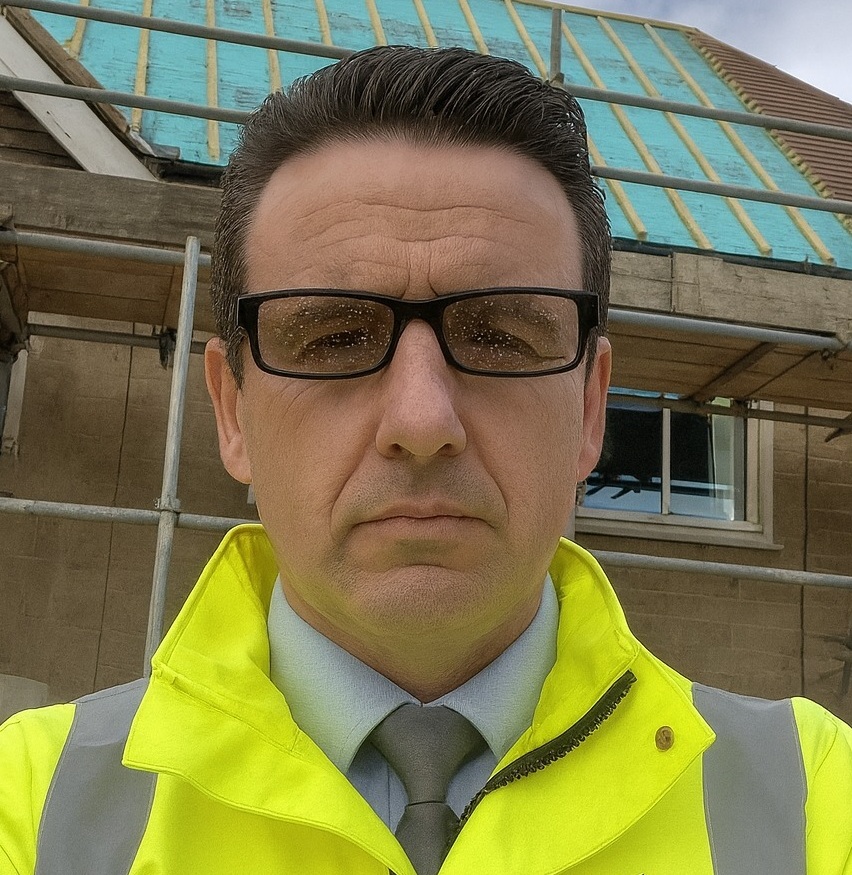
With 25 years of experience in lead sheet roofing, James is a trusted expert in heritage roofing, slate, and tiling. His knowledge of traditional methods, paired with modern compliance, makes him a go-to specialist for projects that demand both craftsmanship and durability.
Roofing Services in Soho provides lasting protection, efficiency, and value, delivering durable, compliant roofing solutions that safeguard every type of property investment.
Selecting Roofing Services in Soho involves balancing durability, budget, compliance, and aesthetics to secure the best-fit roofing solution for your property.
Why Clients Choose JG Leadwork and Roofing
With decades of trade experience, our teams understand the unique demands of London and Home Counties roofing. From heritage-listed properties to contemporary extensions, we adapt solutions to local regulations, weather conditions, and architectural styles with precision.
Accredited by Which Trusted Trader, CITB, and approved by Kemper, Westwood, IKO, ALM, and other leading suppliers.
These credentials guarantee safety, compliance, and access to manufacturer-backed warranties, giving clients peace of mind that their project meets the highest professional standards and benefits from warranty protection.
Our heritage projects use Welsh Slate and handmade clay tiles for authenticity, while leadwork is delivered to Lead Sheet Association (LSA) standards. Commercial installations employ Kemper and Westwood liquid systems for durability and efficiency. Each example demonstrates our reliability, blending traditional craftsmanship with modern performance.
Our workforce includes skilled roofers, heritage specialists, and safety-certified installers.
Every roofer holds NVQs, receives ongoing CPD training, and is qualified in both modern flat systems and traditional techniques, including slate and leadwork.
Team structure ensures projects run smoothly—surveyors identify needs, installers deliver with precision, and supervisors oversee compliance. This approach minimises disruption, accelerates timelines, and guarantees consistent quality across residential, commercial, and industrial roofing projects.
Every project is regulation-compliant, warranty-backed, and focused on long-term results.
Client testimonials and case studies confirm our track record, with projects praised for professionalism, durability, and customer support.
We go beyond installation with aftercare packages, maintenance support, and open communication at every stage. Property owners gain reassurance that JG Leadwork and Roofing stands behind its work. Book a free survey today and discover why homeowners, landlords, and businesses trust us with their roofing.

Get a free quote, rapid response, and expert service across London and the Home Counties. Contacting JG Leadwork and Roofing is your simple first step to dependable roofing solutions.
We source materials from leading suppliers including Supreme and IKO felt systems, Kemper, Westwood and Proteus liquid systems, Welsh Slate, handmade clay tiles, ALM Lead Mills, and Nicholson Air Track. These trusted brands guarantee durability, compliance, and warranty-backed performance across flat, pitched, heritage, and commercial roofing projects.
.
.
For homes, Roofing Services in Soho safeguards comfort and enhances kerb appeal with durable, energy-efficient systems. Whether modern extensions or traditional pitched roofs, tailored solutions improve living standards and protect property value.
For businesses, Roofing Services in Soho delivers cost-effective, large-scale installations with minimal disruption. Projects are planned around operations, with safety compliance, energy performance, and flexible scheduling built in—supporting offices, retail, schools, and industrial facilities with reliable, regulation-ready outcomes.
For heritage properties, Roofing Services in Soho combines authentic materials such as Welsh slate, handmade clay tiles, and ALM lead with skilled conservation techniques. Listed building consent and conservation requirements are fully managed, ensuring traditional character is preserved while integrating modern weatherproofing. This careful balance provides long-term durability without compromising historic integrity or aesthetic value.
JG Leadwork and Roofing delivers Roofing Services in Soho across housing, commercial, heritage, and public sectors. Every industry comes with unique requirements, from safety and compliance to efficiency and conservation. Our adaptability ensures projects are delivered with precision and professionalism—whether safeguarding homes, supporting business continuity, preserving history, or protecting critical public and healthcare facilities.
Durable roofing installed with minimal disruption, ensuring safe, regulation-compliant workspaces for staff and visitors.
High-standard, compliance-focused solutions protect community facilities while meeting strict safety and regulatory obligations.
Heavy-duty roofing tailored for wide spans, ventilation, and long-term maintenance efficiency.
Authentic materials and sensitive methods preserve historic character while adding modern protection.
Weatherproof systems that enhance kerb appeal and guarantee uninterrupted trading for outlets.
Tailored roofing improves guest comfort, safety, and ambience across hotels, restaurants, and venues.
Safe, durable systems designed for schools and universities with minimal learning disruption.
Specialist roofing solutions built for hygiene, safety, and regulatory compliance in medical environments.
Our team of NVQ-qualified roofers, LSTA-trained specialists, and health & safety-compliant professionals bring decades of combined experience. Every project is delivered with meticulous attention to detail, ensuring safe practices and consistent quality across flat, pitched, heritage, and commercial roofing disciplines.
Expertise includes heritage leadwork, slate and tile roofing, modern flat systems, and drone-assisted roof surveys. Ongoing CPD training ensures adaptability to both traditional craftsmanship and the latest innovations—giving clients confidence that every roof is built or repaired with proven skill and care.

A thorough survey highlights existing issues, structural considerations, and upgrade opportunities, ensuring the best-fit solution is identified from the very beginning.
Transparent, itemised quotes detail costs, timelines, and materials—giving you complete clarity and confidence before work starts, with no hidden surprises.
Scaffolding, access solutions, and robust safety measures are put in place to safeguard both property and people throughout the project.
Skilled roofers complete the work using accredited materials and proven techniques, delivering durable, compliant results while keeping disruption to a minimum—whether for repairs, replacements, or new installations.
Each stage is inspected against manufacturer standards and Building Regulations, with photographic documentation provided for transparency and peace of mind.
Each stage is inspected against manufacturer standards and Building Regulations, with photographic documentation provided for transparency and peace of mind.
In a competitive roofing market, many providers look the same on paper. JG Leadwork and Roofing stands out through proven expertise, accredited methods, and specialist techniques. Our combination of traditional craftsmanship and modern technology makes us the safer, smarter choice across residential, commercial, industrial, and heritage projects.
In a competitive roofing market, many providers look the same on paper. JG Leadwork and Roofing stands out through proven expertise, accredited methods, and specialist techniques. Our combination of traditional craftsmanship and modern technology makes us the safer, smarter choice across residential, commercial, industrial, and heritage projects.

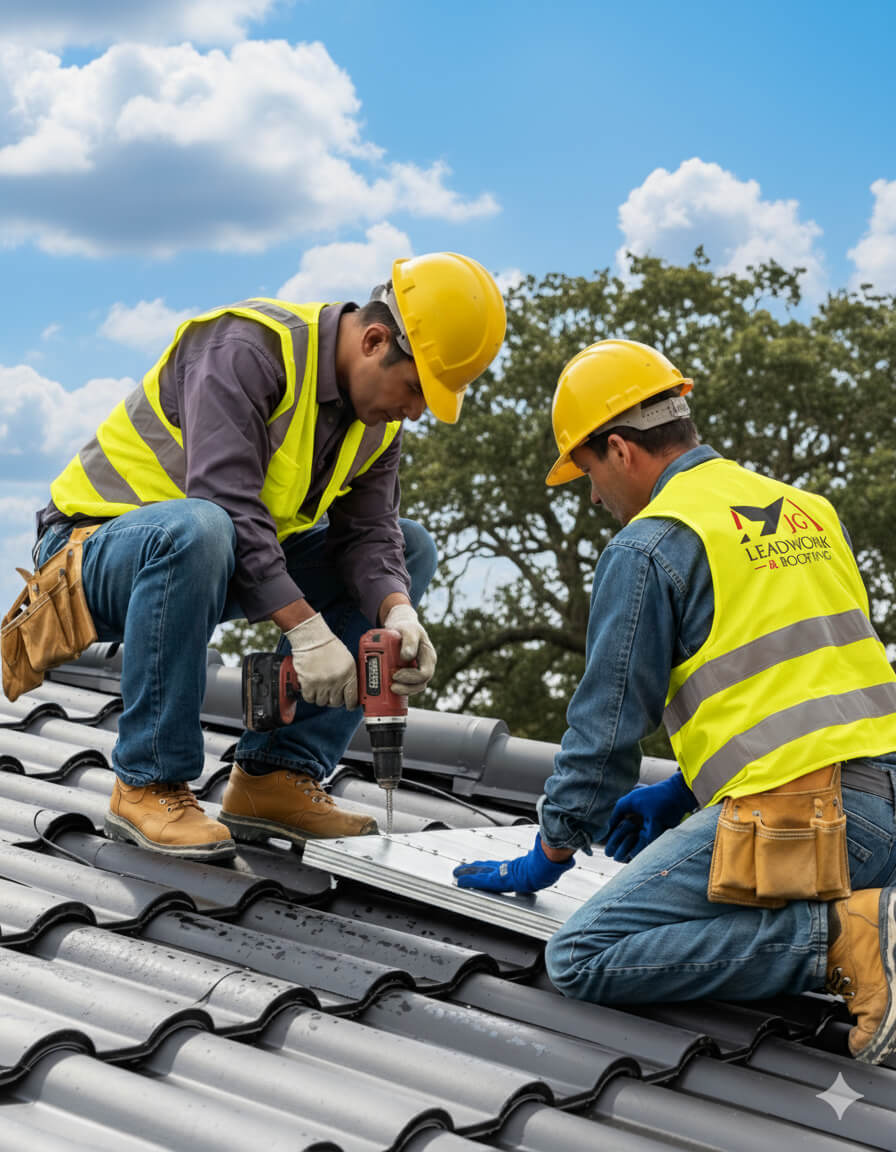
At JG Leadwork and Roofing, every project follows a structured QA process. Each stage—materials, installation, safety, and final sign-off—is measured against manufacturer specifications and UK Building Regulations to ensure durability, compliance, and warranty-backed performance across all roofing services.
Projects are only signed off once all QA checks are complete, giving clients confidence in long-term performance, structural safety, and insurance-backed peace of mind.
Every Roofing Services in Soho project by JG Leadwork and Roofing is delivered in strict alignment with UK Building Regulations and recognised frameworks. This ensures structural safety, energy efficiency, durability, and protects warranties and insurance coverage across residential, commercial, industrial, and heritage properties.
Clients can be confident their project is completed legally, safely, and insurance-ready—delivering long-term performance, compliance assurance, and complete peace of mind.
Property owners often wonder about Roofing Services in Soho—from costs and timescales to permissions. Below, you’ll find straightforward, trustworthy answers to the most frequent and practical queries.
Leaks after heavy rain are a common and disruptive problem for property owners in Soho. When left unresolved, even minor leaks can lead to severe interior damage, rot, electrical hazards, and costly insurance claims. Understanding the main causes helps prevent emergencies, protects your building’s structure, and extends the lifespan of your roof. Here is a clear breakdown of the root causes, warning signs, and how inspection can pinpoint problems before they escalate.
A leading cause of leaks—especially on flat roofs or low-pitch areas—is deterioration of the main waterproofing membrane. Materials such as felt, EPDM (a synthetic rubber), or GRP (fibreglass) are designed to keep water out, but over time, exposure to UV light, frequent freeze–thaw cycles (where trapped moisture repeatedly freezes and expands), and regular foot traffic or mechanical stress can cause cracks, blisters, or splits.
When the membrane becomes compromised, water travels between layers through capillary action (moisture moving along narrow gaps), eventually reaching the insulation or roof deck below. This often presents as water stains inside upper rooms, surface bubbling or ponding, and sometimes soft or spongy areas underfoot. Prolonged membrane failure increases the risk of timber decay and structural compromise—early identification is crucial.
Another frequent entry point for rainwater is failure of the flashing—strips of lead, zinc, or other metals fitted at roof junctions like chimneys, skylights, or wall abutments. Flashing can become loose, cracked, or lift away due to thermal movement, failed seals, or poor installation. Water finds its way in via these gaps, often wicking backwards under tiles—a process known as capillary tracking.
Symptoms include damp patches around chimney breasts, musty odours in loft spaces, or discoloured plaster below eaves. If flashing fails during a storm with wind-driven rain, localised leaks can appear rapidly. Ignoring flashing defects allows water to attack exterior masonry and internal finishes, causing ongoing deterioration and larger repair costs.
External factors and design choices can make a roof more vulnerable to leaks. Flat roofs with inadequate fall (slope to direct water to drains) are prone to ponding, where standing water sits for more than 48 hours after rain. Best practice recommends addressing ponding deeper than 10–15 mm, as it speeds up membrane breakdown and increases the risk of leaks at seams or fixings.
Blocked outlets, gutters filled with debris, and upstands that are too low can all worsen water ingress. Thermal bridging and insufficient insulation (as regulated in the UK by Part L) can also lead to interstitial condensation—where moist air condenses inside the roof build-up, mimicking or worsening true rain leaks. Recognising these vulnerabilities is essential for both new builds and refurbishments.
Accurately identifying the cause of a persistent leak requires a systematic approach. For pitched roofs, a visual survey is the starting point—looking for slipped or broken tiles, open joints, and dislodged flashings. Moisture metres trace damp paths behind plaster or in the timber.
For flat roofs, more advanced tools are used. Drone surveys provide aerial views of hard-to-reach areas, while borescope cameras access hidden cavities with minimal disruption. Core sampling—removing a small section of roof layers—can reveal hidden trapped water or rot.
| Common Cause | Visible Symptom | Key Risk if Ignored | Indicative Remedy |
|---|---|---|---|
| Failing membrane | Blisters, surface cracks | Timber rot, insulation loss | Overlay/replace membrane system |
| Flashing defects | Damp at upstands/chimneys | Internal staining, decay | Re-fix/renew flashing |
| Ponding water | Standing water >2 days | Premature failure | Re-level, improve drainage |
| Debris/blocked outlets | Overflow, edge streaks | Local collapse, leaks | Clean and restore flow |
| Poor insulation/vent. | Condensation, mould | Hidden timber damage | Instal insulation/ventilation |
A professional diagnosis ensures repairs target the real problem, saving time and money. Regular inspections—ideally annually or after severe weather—help property owners, developers, and managers make informed decisions and protect their investments over the long term.
The cost of replacing a roof in London varies significantly—from around £5,000 to more than £20,000—with properties in central areas like Soho typically landing toward the higher end. This broad range is due to factors including roof type, chosen materials, compliance with UK building regulations, and external influences unique to London. For property owners, managers, and developers, grasping these cost drivers is essential for accurate budgeting, planning, and ensuring that every legal box is ticked.
What follows is a breakdown of the key elements that affect roof replacement costs in Soho, with special attention to UK regulations, material and labour splits, and London-specific circumstances.
Roof replacements are shaped by a balance between labour and material costs, guided by a foundation of regulatory compliance. In London, labour frequently accounts for 40–50% of the total bill. This reflects the skilled, regulated work required: stripping old materials, preparing the structure, and installing the new system to British standards. The remaining cost covers materials such as roof tiles, slates, insulation, membranes, and necessary fixings, all of which must be legally compliant.
Indicative material costs (per square metre):
| Material | Typical Cost (per m²) | Distinguishing Feature |
|---|---|---|
| Clay Tiles | £80–£100 | Durable, traditional finish |
| Concrete Tiles | £65–£90 | Cost-effective, versatile |
| Natural Slate | £90–£130 | Premium, long-life solution |
| Torch-on Felt | £50–£85 | Flat roof suitability |
| Fibreglass (GRP) | £70–£100 | Modern flat roof option |
The intricacy of the roof—multiple slopes, valleys, or architectural detailing—can further increase both labour and material expenses. Additional features like insulation upgrades or roof windows will be extra line items.
Under Part L of UK Building Regulations, any replacement of a “thermal element” (the main roof covering) requires improved energy efficiency. The new roof must reach a U-value—the measure of heat transfer—of no more than 0.18 W/m²K for pitched roofs, or 0.20 W/m²K for flat roofs. This almost always involves updating or adding insulation, often with advanced rigid board products, to comply.
Part A requires that roof works maintain or enhance structural stability. All work must meet BS 5534, the national standard for slating and tiling, mandating precise batten spacing, secure fixings, and resilience against wind uplift—key concerns for London properties exposed to city weather and urban turbulence. These standards protect against storm damage but can introduce extra complexity and cost compared to older roofs.
London, and Soho in particular, brings external factors that can inflate project costs. Accessing rooftops in tight, busy streets means high scaffold and skip hire fees, sometimes with added licencing for pavement access. Conservation areas and listed buildings may legally require traditional, visually-matched materials, with prior approval from local authorities.
If your property is subject to listed or conservation restrictions, expect longer planning timelines and more expensive materials, such as reclaimed slate or handmade tiles. Local environmental conditions—pollution, persistent damp, and bird issues—often demand higher-spec detailing and more resilient finishes unique to urban settings.
A methodical approach can save thousands and avoid regulatory missteps:
By addressing each of these decision areas, property professionals and owners can control risk, manage budgets, and ensure projects meet both legal standards and long-term value expectations—whether you’re handling a Soho townhouse or a commercial block.
Most residential roof installations in Soho are completed within 3 to 7 working days, though this can extend to two or three weeks for complex or heritage projects. This timeframe is important for effective cost planning, minimising household or commercial disruption, and safeguarding building integrity—particularly in densely populated areas. Landlords and facility managers must also account for scaffolding timelines, weather uncertainty, and statutory compliance. Heritage properties may require extra time due to specialist methods and additional permissions.
A clear schedule enables property owners to anticipate access restrictions, unusual noise, and potential parking complications. For commercial sites, defined timelines help minimise disruption to occupants. For heritage custodians, the need for regulatory sign-off and conservation compliance often adds to the overall duration. Understanding the expected timeline up front helps prevent project overruns and reduces the risk of unexpected setbacks.
A standard pitched roof on a modest Soho house generally follows these steps:
Larger roofs, complex architecture, or heritage detail (like bespoke lead flashing or approved heritage materials) may add extra days due to the skill level or regulatory scrutiny required. Flat roof installations are sometimes quicker but may require additional drying or curing time—especially for liquid systems.
Several elements influence how long a roofing project will take:
On multi-unit or commercial properties, phased work or out-of-hours scheduling may be arranged to limit disruption, which can stretch the overall calendar while reducing immediate inconvenience.
Thoughtful maintenance extends roof service life and avoids escalating repair costs:
Neglecting simple checks can lead to minor faults, such as slipped tiles or blocked outlets, escalating into major leaks or structural issues if left unresolved—impacting both cost and building safety in the long run.
The long-term durability of your roof is mainly determined by the materials chosen and the maintenance performed. See the table below for a comparison:
| Material | Typical Lifespan | Inspection Frequency | Maintenance Needs |
|---|---|---|---|
| Slate | 80–100 years | Every 5 years | Minimal—replace broken slates as needed |
| Tile | 50–70 years | Every 5 years | Check for cracked or loose tiles |
| Felt | 10–20 years | Every 2 years | Reseal joints, patch minor defects |
| EPDM | 25–40 years | Every 3 years | Inspect seams, clear debris |
| GRP | 25–40 years | Every 3 years | Check for surface cracks, repair or recoat |
| Liquid | 25–40 years | Every 3 years | Inspect and maintain joints, top up coating |
Proper installation—including the use of thermal expansion joints (special gaps allowing materials to expand and contract with heat changes)—is essential to maximise lifespan, especially for Soho’s weather extremes. Regular, scheduled inspections help detect small issues before they affect warranty or building condition. Realistic expectations, combined with routine care, protect the substantial investment a new roof represents.
Roofing costs, warranty protections, and installer credentials play a decisive role in safeguarding your finances, property value, and peace of mind. In Soho’s complex urban setting, transparency about these factors lets property owners, managers, and buyers avoid surprise bills, insurance hurdles, or disputes when support is critical. Understanding what shapes costs, which warranties truly protect you, and why only accredited installers should work on your roof underpins long-term assurance and smart risk management.
The true cost of roofing in Soho depends on specific variables: labour, materials, building access, and the scope of your project. For instance, restricted scaffolding or narrow streets can inflate labour costs, while premium materials like Welsh slate command higher prices than standard membranes. Energy efficiency upgrades—such as mandatory insulation for flats—add another dimension.
| Service Type | Typical Range (UK) | Key Influences |
|---|---|---|
| Roof Repair | £250 – £1,200 | Damage, access, materials, urgency |
| Roof Replacement | £5,000 – £15,000+ | Size, pitch, insulation, finish, access |
Labour forms 40–60% of most jobs, particularly where access in Soho is tight. Material selection, insulation upgrades, and any structural remediation (e.g., dry-rot repairs, new leadwork) further shift the budget. Always demand transparent itemised quotes to limit unforeseen expense and allow for accurate planning.
An insurance-backed warranty is the norm for reputable roofers, covering 10–20 years against failures in both materials (such as a membrane split or cracked tiles) and installer workmanship. This is distinct from a manufacturer’s only guarantee—if the installer ceases trading, eligible claims are still met through the insurance underwriter.
Solid warranty protection directly supports Part L compliance, which is required for energy efficiency in building regulations—essential not just for resale or remortgage, but sometimes as a condition for ongoing home insurance. Warranties typically cover correct installation of waterproofing, insulation, ventilation, and structural elements; many specify covered product batches for extra traceability. These assurances protect you from the cost of hidden defects and avoid disputes if problems surface later.
Selecting an accredited installer is essential—not just a branding exercise. Industry-recognised qualifications (such as NVQs or City & Guilds), CITB training, and memberships (including Which Trusted Trader or similar) indicate the roofer’s technical abilities and commitment to best practice.
Working with an accredited installer brings you:
Trusted roofing specialists also invest in CPD (continuous professional development), ensuring they know the latest industry advances and regulation updates.
Pursuing a bargain often means trades-offs that can haunt you for years:
Industry data shows that unresolved issues can multiply your repair bill by over 300% within five years (National Federation of Roofing Contractors). Non-compliance even risks blocked property sales or legal action. Complete warranty coverage, installer accreditation, and proper documentation are the foundation for protection against future liability and spiralling costs.